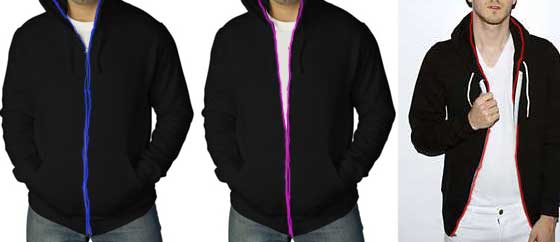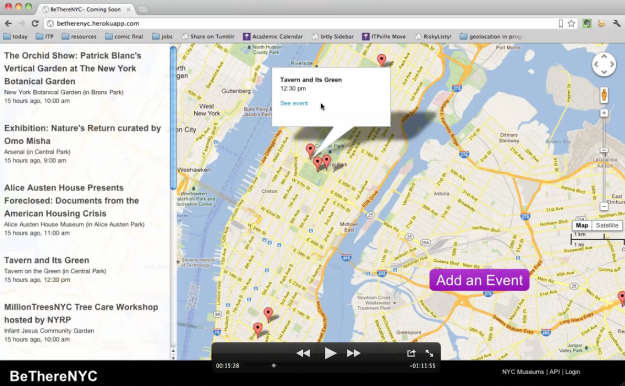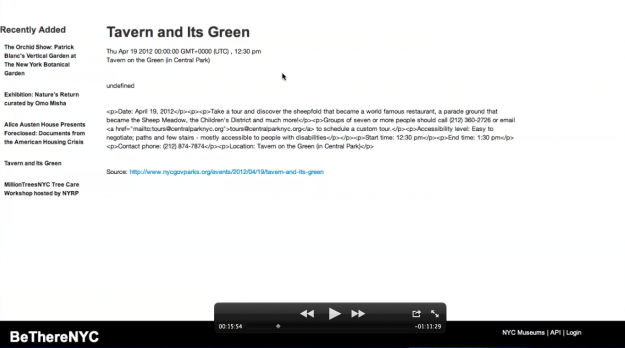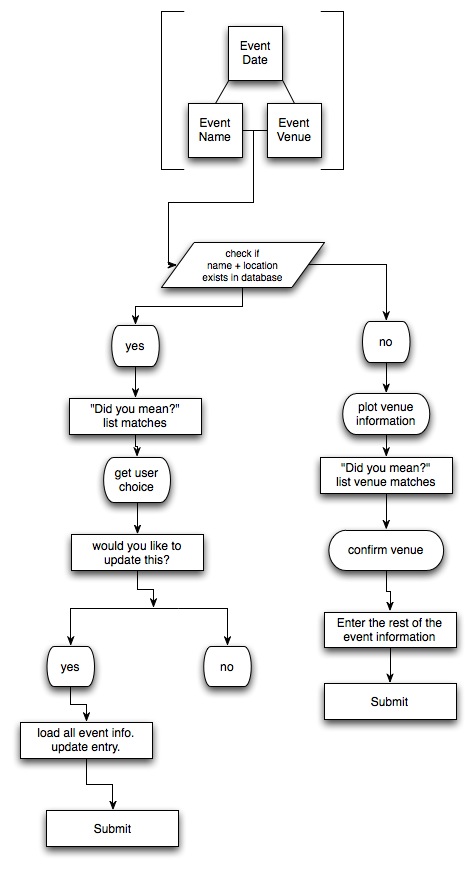Im really excited to be back to ITP after spending a great summer with the folks at Local Projects. Here are the classes I’m taking this semester.
DIY Health with Steven Dean
“Traditional medical care focuses on fixing sickness but doesn’t do a very good job of helping prevent it. Self-care solutions that help us take better care of ourselves have the potential to improve our health and well-being, and may keep us from experiencing the consequences of chronic disease, or even reversing it. The sensor and self-tracking revolution is changing our understanding of data and ourselves. We need new systems that collect, understand and interpret this data to help us know ourselves better and make better choices in light of that knowledge. How might we design a self-care system that engages us in our own monitoring, goal setting, experimenting, reflecting and understanding as it relates to our bodies, minds, emotions, relationships and environment?”
I’ve been thinking about possibly doing something health related for thesis so this seemed like a good choice. We’ll be going through the product design process and trying to understand our own health motivations and building a system to change or encourage behavior. Human behavior + tech + health…. I’m soo excited about this class!
Data Without Borders with Jake Porway
“We are living in the dawn of the big data era, a time in which the vast digitization of our world has created incalculable amounts of information that is now being used to drive our every decision, from what movie we decide to watch this weekend to how we navigate the globe next year. Though data can be immensely transformative, much of the efforts in data science are still focused on first-world gains, such as optimizing ad networks or recommending restaurants. As designers, developers, and scientists, it is not only incumbent upon us to understand how to analyze, understand, and tell stories with data, but also to think about its use in meaningful and socially conscious ways. This class will train students in the basic tools and trade of data science through exploration of a socially conscious data project.”
Data is huge right now. There is so much of it, but I’m interested in who has access to it, who gets to use it, and how we can use it to create social impact. I also thought this big data class would be a nice compliment to the micro data and tracking focus of DIY Health.
Product Poetry: Designing Inter-Experience with Gary Natsume
“In this class, students will question the meaning and values that inform existing consumer products and examine the ways users perceive them, interact with them, and assimilate them into their daily lives. The class emphasizes ethnographic research, conceptual and technical exploration, and interaction programming. Using methods of direct and indirect communication between object and user, students will deliver a new layer of meaning or value to a specific consumer object of their choice. The objective of the class is to consider the following: -Why do I need a new product? -What does it mean to me? – What type of value does it bring to the world?”
This class really appealed to me since lately I’ve been thinking a lot about consumerism and our need to make to buy new things. It’s also a product design class in which I’ll get some exposure to industrial design methodology, rapid interaction prototyping techniques, and user experience design process.
* It turned out this class wasn’t what I thought it was going to be. So I will be taking Tech Crafts instead which was a class I was super excited to take in the first place!
Tech Crafts with Caterina Mota
“Combining high and low tech, this course explores the combination of smart materials and circuitry with traditional materials and crafts. We will cover embedding electronics in paper projects like books, pop-ups, and sculptures. We’ll explore several soft circuits techniques for integrating electronics in textile creations. And we’ll play with our food, giving it unusual properties such as touch sensing and illumination. All the while approaching circuitry as a craft in itself and using smart materials, electronics and conductive traces as aesthetic components. Topics and techniques covered in this course include: laying out circuits on paper or fabric, handling folds and bends, making connections between hardware and other softer components, painting circuits with conductive ink, using mundane materials as tech components, adding illumination to delicate constructions, and using fruits, vegetables and drinks as sensors.
Another class where I don’t know much about the subject and I’m really excited to get into different materials. My professional background is screen-based so I’m looking forward to playing with physical electronic products and getting confortable with soft circuits.
Sensitive Buildings with Robert Faludi
“This is a class is about creating smart habitats for city dwellers. Students will conceive and prototype large scale device networks to benefit the tenants of a 28-story, 325-unit landmark apartment building on Central Park South in Manhattan. The high-rise owners have once again invited ITP to develop a variety of prototypes that enhance the livability, ecology and community of their apartment building. Students get an extraordinary chance to invent and deliver big benefits for residents using active observation techniques as they develop interactive networks on a towering scale.”
This class is combination of learning to design I hoping to expand my physical computing skills with this class and build large-scale networked systems.






